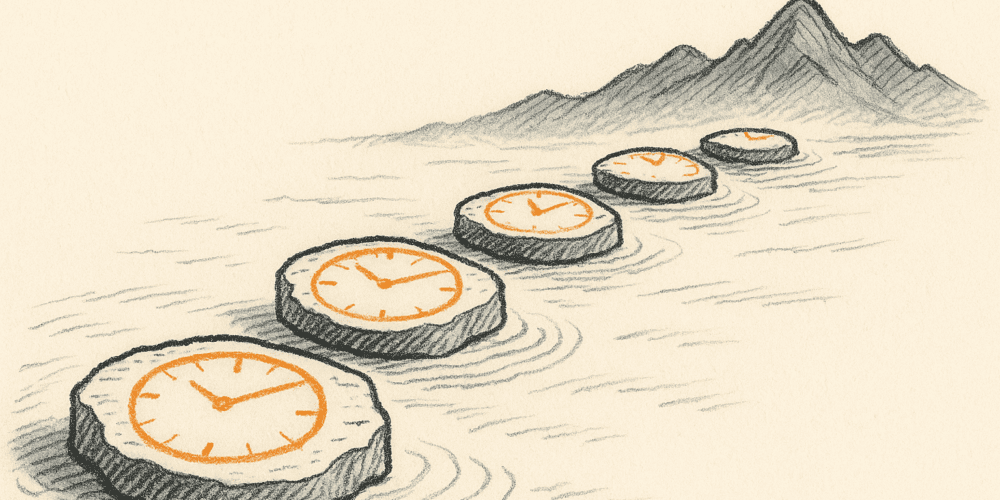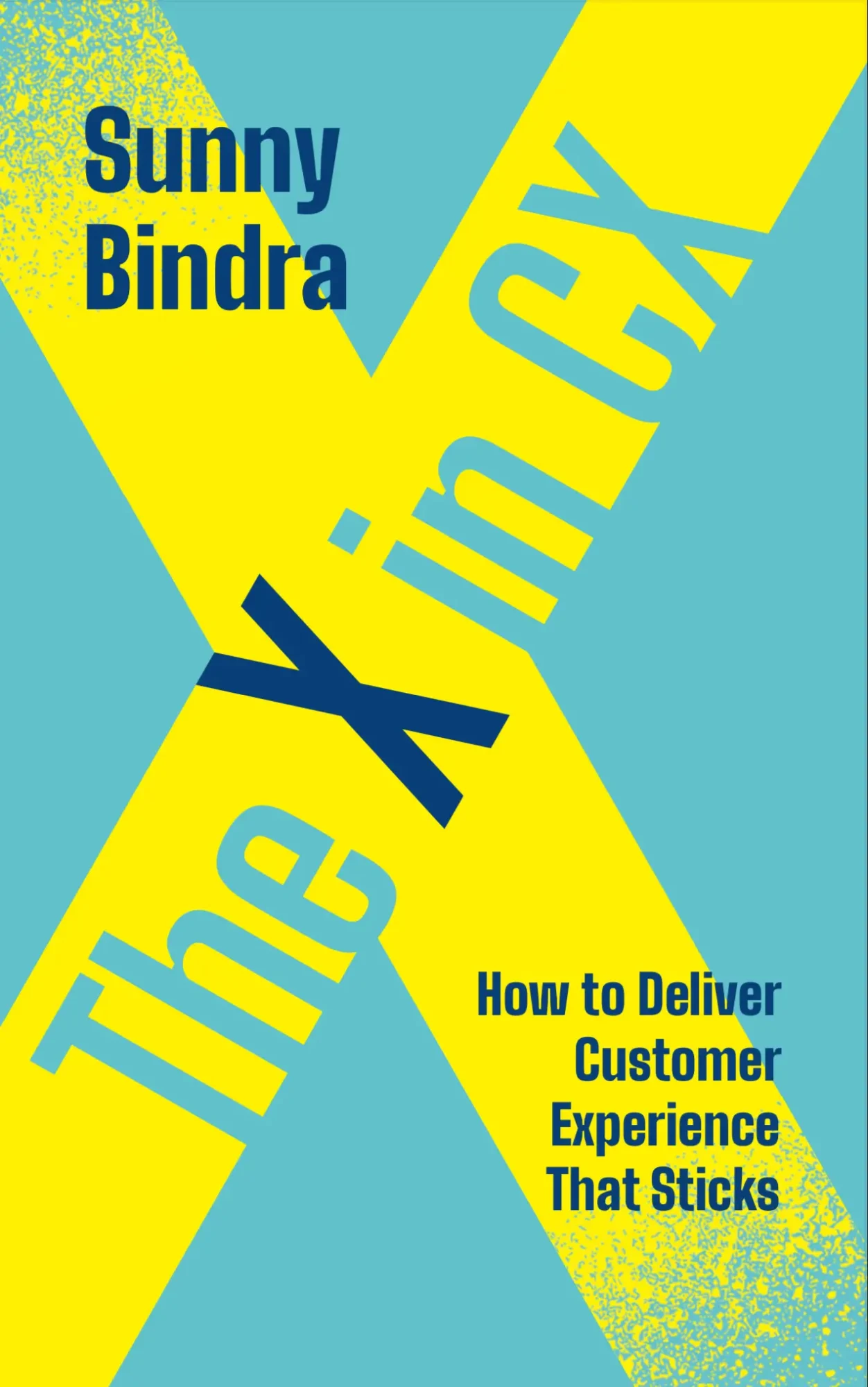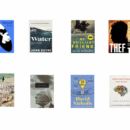The map will appear—once you start walking.

Strategy is about advance thinking. I said so in my book on the subject, Up & Ahead—I even gave it that title because being strategic is about looking up from the details and ahead of the happenings.
And yet, that book contains a counterpoint: strategy is also your next five minutes…
That framing comes from Tom Peters, who points out that the email you are about to write, the phone call you are about to make, the conversation you are about to start…all of those also affect your strategy for the rest of your life.
As I wrote in Up & Ahead:
“Because if we can’t be excellent in the moment, this moment, we can’t be excellent in the future. True achievement does not depend on having all your ducks in a row, all systems in place, all support mechanisms working. It comes from doing the best you can with what you have at the time you have it. It is a mindset, not an aspiration.”
Certainly, we can’t be strategic without thinking ahead; and some of the world’s best strategists have been those who have seen something coming, before others did, and have prepared themselves accordingly.
But sometimes, the big deal isn’t advance thinking—it’s just doing things well.
One of those times is when you are young. If you’re a young adult, there is only limited mileage in having goals and visions and missions and passions. Those are matters of identity, and when you are young your identity is at best a very fluid concept.
It might seem logical to set out some end-goals for your life, but for the young those are just pieces of fiction. The better advice on how to be strategic at that phase in your life comes from Rumi: “As you start to walk on the way, the way appears.” Clarity, in other words, doesn’t come before action; it comes from action.
The young need exposure and experience more than they need predictability and certainty. It is in having many adventures—some wins, some wipeouts—that the necessary insight and resilience that will drive your future come into being. In that state, you don’t think it out—you do it out.
Later, you will reflect on your learnings and use them to plan and anticipate. But right now? Just do stuff, and do it to the best of your ability. That is what will reveal your true competencies, preferences, and aptitudes. Not sitting in front of a flipchart dreaming up things you haven’t lived. How you run your next five minutes will become how you run your next five years, and eventually the rest of your life.
For corporations, too, there are times to look up and look ahead; and times that you just look at what’s in front of your nose.
Take the current obsession with artificial intelligence in every boardroom right now. AI is right here, it’s revolutionary, it could change everything in the workplace. And so we need an AI strategy, right?
Really? Why?
What kind of AI strategy could you possibly concoct right now, when the ground’s shifting beneath you even as you sit down to strategize? What can you tell of what AI will be even two years from now? In just three years, AI has leapt from high-school scribbler to PhD-level savant. What will it be by 2030? Do you know? I don’t, and neither do the actual inventors and founders of AI labs.
So you don’t need a piece of science fiction you call your AI strategy right now; you need a plan to just try it out. Don’t draft a strategy. Draft an experiment. Use the tools; see what they break; see what they build. Get used to their astonishing strengths (and inexplicable weaknesses). Apply AI in a couple of use cases, with a clear business rationale. What could this thing help us do? Attend to customers better? Get routine work done faster? Detect fraud better? Do creative work more richly?
Try some of that out, using the AI tools already available. Then, based on the experience you gain, develop deeper insights and clearer intentions. That is the point at which you may have an AI strategy, or better still, a business strategy that incorporates AI as a natural way to deliver advantage in the market.
Just as young people can’t plan what they haven’t lived, organizations can’t strategize what they haven’t tried. Whether you’re a young adult, a startup, or a corporate titan facing new tech, the principle holds: clarity comes after contact with the real.
How you run your next five minutes will become how you run your next five years, and eventually the rest of your life.
THE SIGNAL IN THE NOISE
When things are nascent or deeply uncertain, you get cracking rather than get thinking. Your best reveals will come from doing, not imagining.

Buy Sunny Bindra's new book
The X in CX
here »
Popular Posts
- Make this your year of being boringJanuary 4, 2026
- My books of the yearDecember 14, 2025
- Confessions of an explaining personDecember 7, 2025
- Here’s why you should become foolishNovember 30, 2025
- How to listen, really listenNovember 16, 2025















